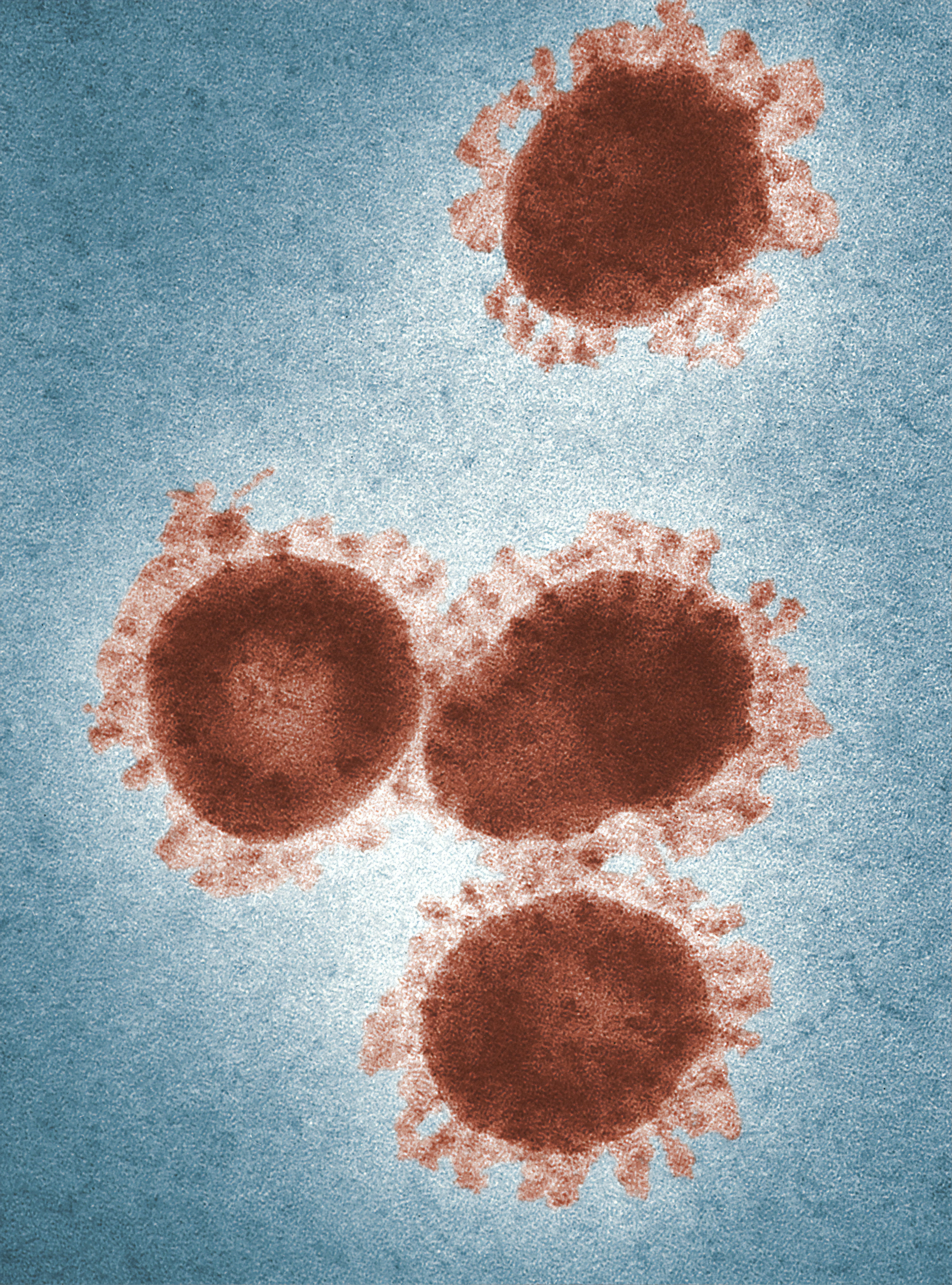A team of researchers from the University of Chicago have introduced a potential new treatment for the COVID-19. Dubbed “Nanotraps”, these nanoparticles are designed to trap the virus so that the body’s immune system can destroy them.
Viruses are microorganisms that can infect living cells and use their machinery to replicate themselves. Their structure contains genetic material (DNA or RNA), surrounded by a protein coat called a capsid. Some viruses have additional proteins that help them latch onto living cells. This is an advantage that the SARS-COVID-2 virus also has, its prey being the ACE2 receptor proteins on human cells.
Nanotraps – Nanoparticles that can Trap a Virus!
The research team at the Prtizker School of Molecular Engineering (PME) took inspiration from the SARS-COV-2-ACE2 interaction to create the tiny traps with many ACE2 proteins on their surface to which the virus can bind. They also created nanoparticles that contained SARS-COV-2 neutralizing antibodies. Both types of particles carried proteins that signal phagocytosis.
In the study published in Matter, the researchers tested the nanotraps’ safety in vitro and mouse lungs. Both tests revealed that the traps did not display cytotoxicity.
They next tested the traps in vitro by infecting lung tissue with a pseudovirus with surface proteins from SARS-COV-2. Within 10 minutes of inoculation, the traps bound themselves to the pseudoviruses and signaled macrophages to begin phagocytosis. They also tested the mechanism on donated lungs hooked to an EVLP system. This kept the lungs perfused and ventilated at normal physiologic conditions. They found that the nanotrap completely inhibited the pseudovirus from causing an infection.
Through collaboration with Argonne National Laboratory, the team performed an additional in vitro test with a live virus. According to the study, the nanotraps were able to decrease viral load 10 times more efficiently than antibodies or ACE2 could alone.
PME researcher Asst. Prof. Jun Huang said: “Since the pandemic began, our research team has been developing this new way to treat COVID-19. We have done rigorous testing to prove that these Nanotraps work, and we are excited about their potential.”
A Treatment with Potential
While researchers indicate further testing with live viruses, they believe that these nanotraps have potential. Not only they be modified to work on other variants of the virus, but they can also be given to patients in vaccine form.
“That’s what is so powerful about this Nanotrap,” said Jill Rosenberg, a graduate student on the research team. “It’s easily modulated. We can switch out different antibodies or proteins or target different immune cells, based on what we need with new variants.”




